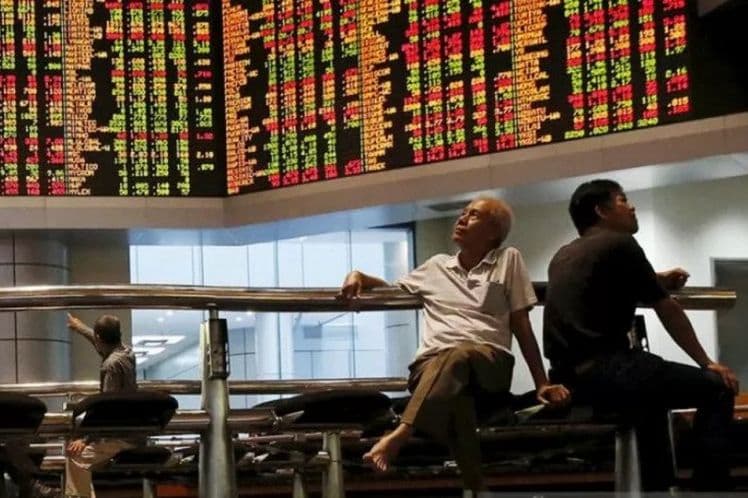
KUALA LUMPUR (June 4): The FBM KLCI has rallied 28% from the low of 1,219.72 points that it hit during the global rout in the first quarter.
However, Maybank Kim Eng’s Head of Regional Equity Research Anand Pathmakanthan commented that the current rally is “hard to justify”.
“It is very hard to justify the rally as analysts are still cutting earnings projections very dramatically and there is very little visibility when the economy will recover,” Anand told the audience at a virtual investment conference entitled 'Capitalising On The Recovery From Lockdowns'.
He pointed out that the recovery in crude oil prices and crude palm oil (CPO) prices do not add up into a dramatic economic recovery as these are quite niche sectors.
Ananda said earnings performance among the KLCI companies have been “quite dire”. Maybank Kim Eng is projecting KLCI stocks to see a 15% drop in earnings in 2020, noting that the forecast is “pretty punchy on the downside”, meaning the earnings contraction could be more than 15%.
According to him, companies under the firm’s coverage had a 17% contraction in the first quarter of 2020.
“And that is just the first quarter, we have not seen the brunt of the COVID-19 impact which will be in the second quarter,” said Anand, adding that it will be recessionary in the next three quarters and the Gross Domestic Product (GDP) is projected to shrink.
The KLCI has been on a steady climb over the past two months from its trough in mid-March. Indeed, the benchmark is barely 3% away from its year’s high of 1,611.38.
While there has been a strong liquidity-driven rally in most markets globally, including Malaysia, Anand noted that the KLCI is one of the better performers in Asean, which he said is a “nice change” from the last two years.
Year to date, the FBM KLCI is down -1.69% compared with other ASEAN indices which are down from -8.02% to -21.95%.
Anand said that there is a seemingly deep belief that there will be a V-shaped recovery. But he believes in a U-shaped recovery, instead.
In the current low interest rate environment coupled with absence of better investment alternatives, Anand noticed that retail participation in the local market has gone up.
“When interest rates come down, the discounted cash flow becomes a lot more valuable,” said Anand.